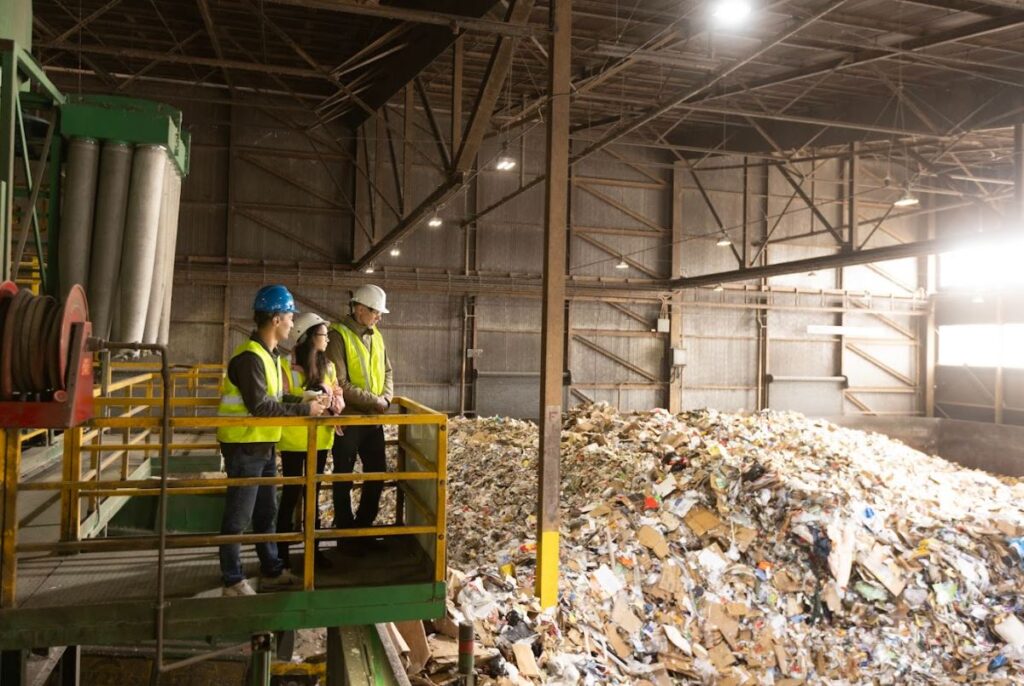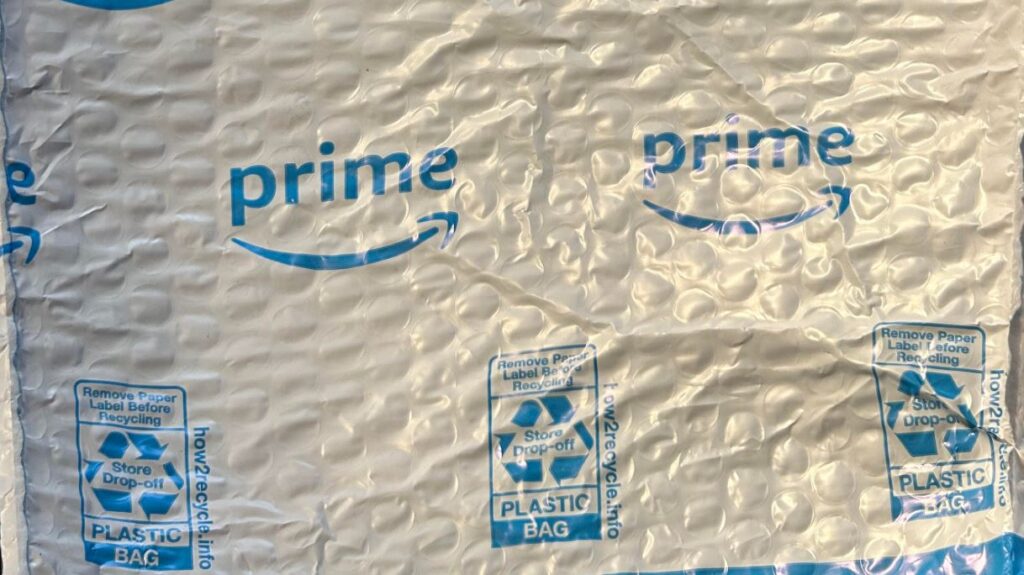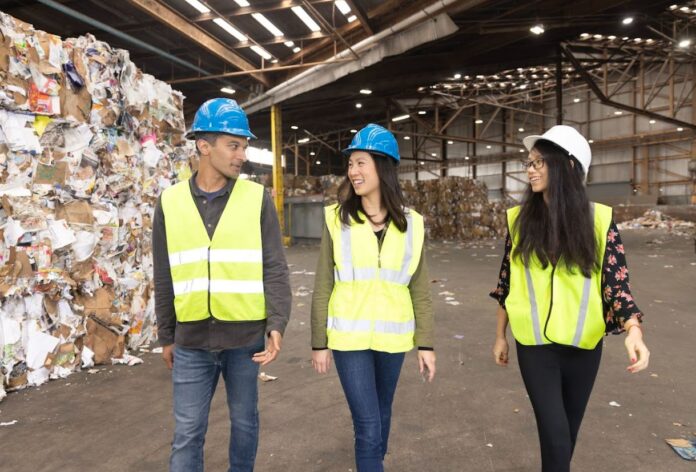By Randall Yip, Executive Editor
Workers stand by a conveyor belt in a warehouse as items left in a recycling bin pass. They manually remove anything that’s not recyclable and throw it into the trash.
Now with the use of technology, a San Francisco-based company is using the latest in technology to make that process easier.
Glacier is using robots and artificial intelligence to pluck non-recyclables off the conveyor belt while it gathers data about what’s making into recycling and what’s not.
The goal is to reduce waste and direct more recyclable items into the proper bins.
“80% of what could be recovered and recycle is actually not recovered properly today,” said Areeb Malik, who’s family immigrated from Karachi, Pakistan.

Today, the company received a major financial boost. Amazon’s Climate Pledge Fund announced it has invested some of its money from its $53 million Female Founder Initiative into Glacier.
Rebecca Hu, the daughter of Chinese immigrants, is also a Glacier co-founder.
The companies aren’t revealing how much is being invested, but Glacier says it’s enough to get its technology to more companies and improve its robots.
“There are quite a few people whose job it is to still stand there and pull-out different materials and sort them accordingly. The AI can effectively replicate this human identification test,” said Hu to AsAmNews.
This is the second investment Amazon’s fund has made.
Amazon says Glacier is gathering important data that can influence its future decisions on packaging.
“It’s aggregating and starting to identify the types of wastes that are being successfully recycled, versus those that are failing to be successfully recycled. And that serves as a key insight then to someone like Amazon who cares a lot about ensuring our packaging is recycled,” he told AsAmNews.
For instance, Ellis says it’s in the process of eliminating the standard blue and white envelopes many of us receive from Amazon Prime. Although the plastic material is recyclable, the envelopes must be returned to a facility and are not accepted for curbside recycling. It also intends to stop putting bubble wrap into its boxes.

Glacier believes more companies need to consider what happens to its packaging after it gets to its customers.
“What that results in is less or even no pollution, less plastic in our environment, less stuff ending up in landfill and decaying releasing methane there. All of those problems. You want to be able to identify and remove using structural steps like what we’re building,” Malik said.
The company is confident demand for its innovation will be high.
“Pretty much every single person was like ‘we would absolutely use this in a heartbeat.’ To me, this was this marriage of really strong market demand with very innovative new technology and a really, really important, impactful problem that is solving and mitigating the climate crisis, said Hu.
AsAmNews is published by the non-profit, Asian American Media Inc.
We are supported through donations and such charitable organizations as the Robert Wood Johnson Foundation. All donations are tax deductible and can be made here.

